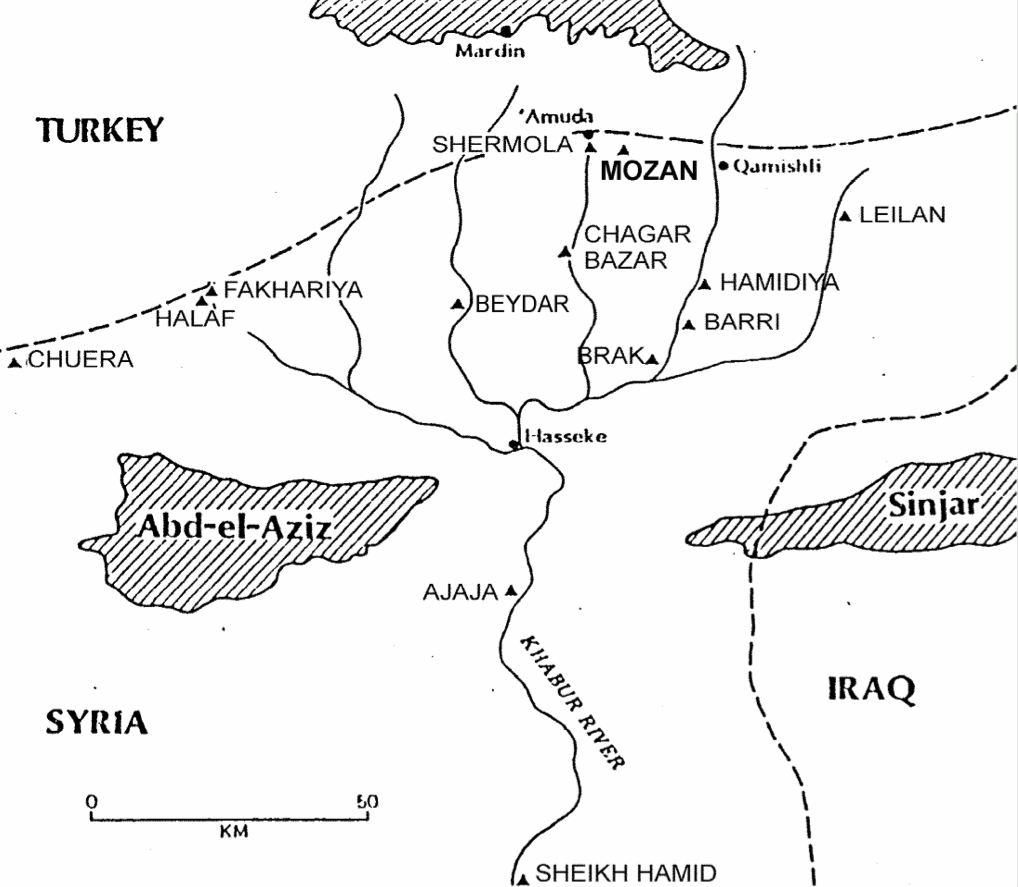It is a safe assumption that one main reason for the rise to power of a city like Urkesh was its key position on the trade routes between the Anatolian highlands rich in copper and the great urban civilizations to the South. The saddle of Mardin, so visible today in the Mozan landscape, is symbolic in this respect. The large amount of bronze objects found in our excavations may also be due to the significance of ancient Urkesh as a major gateway for the metal trade in ancient Syrian history.
The regional role of Syria has often been described with reference to its neighbors. In this perspective, Syria is viewed typically as a crossroads of civilization. That is a valid assessment, in that it addresses the historical dynamism of the country and its people, but it is quite incomplete if from it we deduce that Syria was primarily a stepping stone to some other more important reality. In fact, Syria has typically been not so much a crossroads as a pivot of civilizations. And nowhere else is this more applicable than in the case of Urkesh. In the third millennium, the Hurrians of Urkesh developed an alternative model to the southern urban experiment of the Sumerians, a model based on ethnic identity more than on territorial contiguity. The cultural uniqueness of Urkesh is in part the result of its geographical uniqueness: against the backdrop of the mountains, it combined the urban potential of the plains with the ability to exploit less easily accessible resources of the highlands. This contributed to shape its unique religious and political traditions, and to safeguard it from the aggressive expansionism of the empire of Akkad.
Back to top
